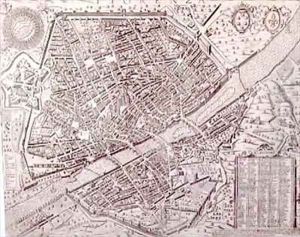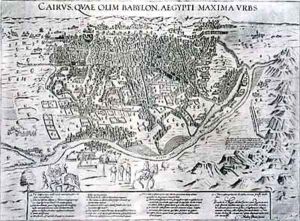Matteo Florimi Paintings
Matteo Florimi was an influential Italian engraver and publisher, born around 1540 in Siena, Italy. His career is notably tied to the late Renaissance period, a time when the arts flourished and evolved in significant ways across Europe. Florimi's work as an engraver and publisher positioned him as a key figure in the dissemination of artistic and cultural ideas during this pivotal era.
Florimi moved to Siena from his birthplace and there established his reputation. His publishing house became renowned for producing maps, prints, and books, which were highly sought after by the scholars, artists, and collectors of his time. Florimi's engravings, characterized by their meticulous detail and artistic finesse, contributed to the spread of the Renaissance's aesthetic and thematic influences well beyond Italy's borders.
Despite the scarcity of personal details about Florimi's life, his impact on the art world is evidenced by the volume and quality of works that came from his workshop. He was part of a broader movement in Renaissance Italy that saw the rise of the artist as an individual creator and the printer/publisher as a crucial conduit for the spread of new ideas. Florimi's works often featured elaborate scenes with religious and mythological themes, reflecting the period's prevailing interests.
Matteo Florimi's legacy extends beyond his contributions to engraving and publishing. His efforts helped to elevate the status of printmaking as a respected art form, bridging the gap between artists and a growing audience eager for access to artistic works. He passed away in 1613 in Siena, leaving behind a body of work that continues to be studied and admired for its craftsmanship and historical significance.

